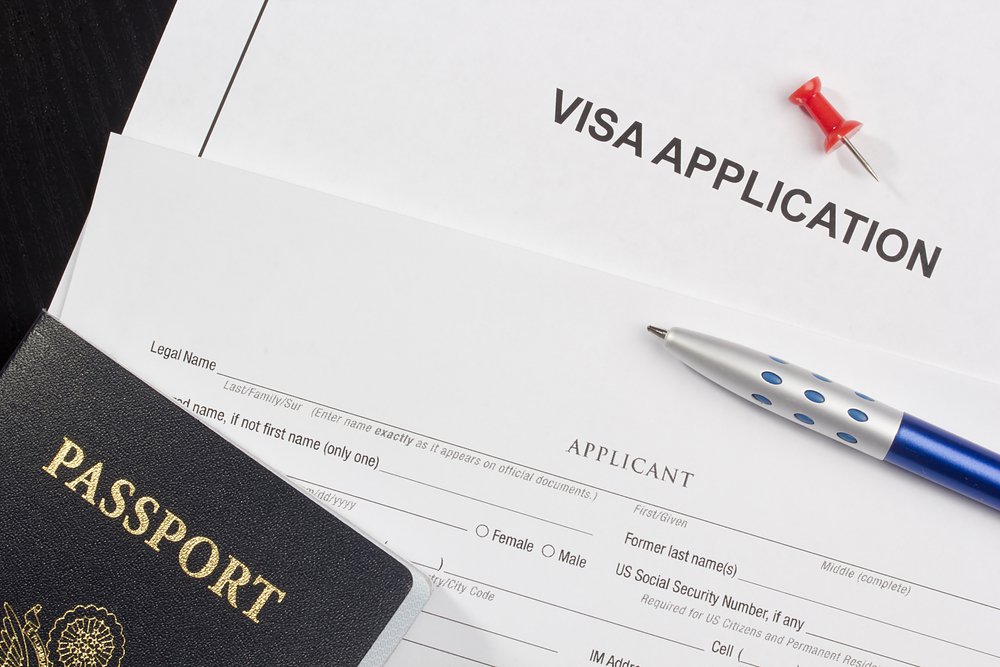Since the terrorist attacks on 11 September 2001, the issue of the linkages between security concerns, in particular terrorism, and asylum and migration policies in the European Union (EU) has received an increasing amount of scholarly attention (see Guild, 2003a; Guild, 2003b; Baldaccini and Guild, 2007; Boswell, 2007; Bigo and Tsoukala, 2008; Chebel d’Appolonia and Reich, 2008a; Givens et al., 2009; Winterdyk and Sundberg, 2010). Most scholars have argued that security concerns have led to the strengthening of border controls and the tightening up of asylum and migration policies in Europe, at both the national and EU levels. As a result, it has become more difficult for asylum-seekers to receive international protection and for would-be migrants to legally move to another country (see notably Bigo and Tsoukala, 2008; Chebel d’Appolonia and Reich, 2008a; Givens et al., 2009). Thus, the impact of security concerns, including terrorism, on the EU asylum and migration policy has been rather well-documented to date. However, less attention has been given to the related, albeit different, question of the role of migration controls in the EU’s counter-terrorism policy.
To a certain extent, this reflects a broader trend in the literature on counterterrorism, which tends to focus more on counter-terrorism strategies such as the use of force or intelligence gathering than on other measures such as migration controls (see, for example, Martin, 2006; Harmon, 2008). This is actually intriguing, when one considers the potentially significant role that migration controls can play by allowing, or not, the entry into a specific country of persons seeking to commit terrorist acts (Bullock et al., 2006: 205). In addition, the issue of migration controls may have been particularly neglected in studies of the EU counter-terrorism policy because of the commonly held perception that European countries rely less on such measures than other countries, the United States in particular (Chebel d’Appollonia and Reich, 2008b: 7).
As a consequence, the present paper aims to address this specific issue of the role of migration controls in the EU counter-terrorism policy. By ‘migration controls’, it is meant the controls that are exercised on those wishing to enter the territory of a specific country, such as visas and controls at the physical border sites. In the context of the EU, where internal border controls have been abolished – with a few exceptions2 –, ‘migration controls’ refer to the controls exercised on non-EU nationals wishing to cross the external borders of the Member States of the EU (also known as ‘third country nationals’ in EU policy). The article starts by tracing back the inclusion and development of migration controls as one of the EU counter-terrorism policy instruments. Then, it examines the various migration control measures that are currently used by the EU to fight terrorism, as well as their effectiveness. As this is a very dynamic policy area, the following section examines several measures that are currently being negotiated by EU policy-makers as an indication of the new migration control measures that may become part of the EU counter-terrorism policy in the future. After showing that migration control measures have become increasingly important in the EU counter-terrorism strategy, the paper questions the extent to which this is a positive policy development when one considers both the effectiveness and the negative externalities of increased migration controls.


